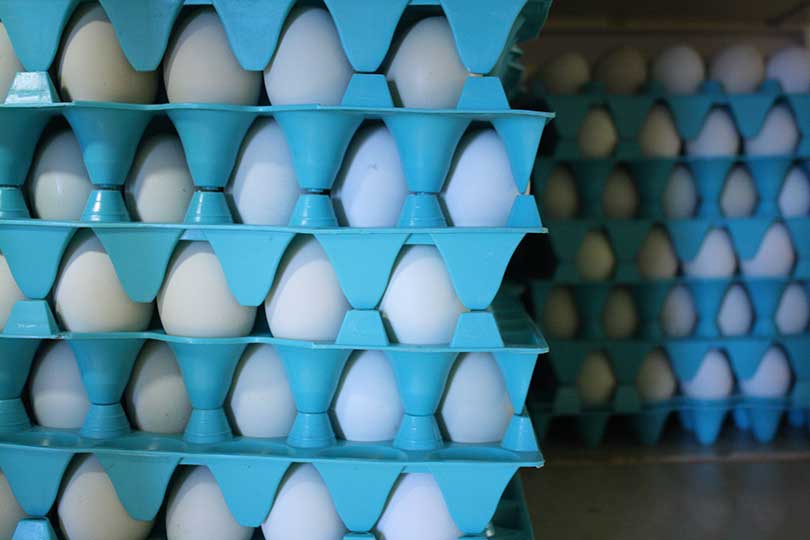By Shelby Shank
Field Editor
Egg prices continue to rise, driven largely by inflation and avian influenza.
The highly pathogenic viral disease hit U.S. poultry in February 2022 and cases continue to pop up at poultry farms nationwide.
“The avian influenza has really hit our egg-laying producers around the country pretty hard,” said Dr. David Anderson, AgriLife Extension economist. “Its really an unexpected decline in egg layers in our chickens. As of Jan. 1, 2022, we had 326 million egg-laying chickens producing the eggs we consume. By June 2022, we were down to 299 million.”
Added inflationary pressure on top of the worst avian flu outbreak in U.S. history has sent egg prices skyrocketing.
Egg prices reached $4.25 per dozen on average in December 2022, according to the U.S. Department of Agriculture (USDA) retail egg report. Eggs were $1.79 per dozen during December 2021.
“I think it’s worth noting that we would’ve had higher egg prices anyway, but nothing like we’re seeing now, because feed costs are higher,” Anderson said. “The costs of getting the eggs from where they’re produced to where we get to buy them, either in the restaurant or store, it’s higher. But it’s really this unexpected loss of chickens from the avian influenza that I think is the driving force to record high egg prices.”
USDA’s Animal and Plant Health Inspection Service (APHIS) reported almost 58 million commercial poultry birds, including broiler and egg-laying chickens, turkeys and various fowl have been lost to the virus, now reported in 46 states.
USDA estimated about 43 million egg-laying hens were cut from the U.S. flock through December.
Avian influenza hits egg-laying chicken flocks more than other birds because they are in production longer than broiler chickens, which increases their risk of exposure to virus.
“We have to have more chickens that lay more eggs that become layers that will produce more eggs for us,” Anderson said. “And while the industry is expanding the number of laying chickens, the disease continues to take its toll on other farms and reduce bird numbers. So, we have this dance going on of two steps forward and one back in terms of expanding production.”
Although the January USDA egg report showed slightly lower prices than December, Anderson noted yearly prices for eggs often peaks in the spring due to Easter holiday egg hunts and baking.
“We have a built-in holiday-driven demand for table eggs,” he said. “That demand bump is on the horizon, but the higher prices are also a signal to consumers to use less, so it will be interesting to see if there will be a demand adjustment this Easter.”
To view the full USDA Egg Market report, click here.

